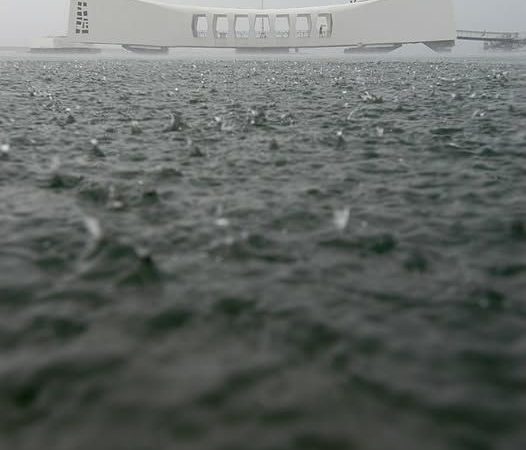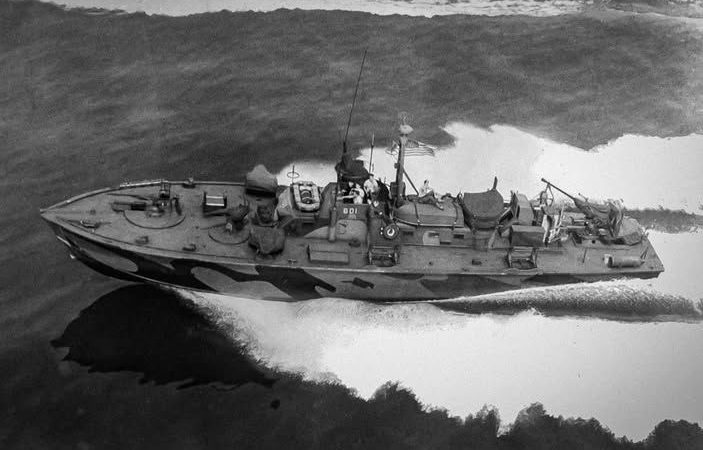USS Maine (ACR-1): Second Commissioned Battleship Initially Classified as an Armored Cruiser
The USS Maine (ACR-1) was a significant vessel in the history of the United States Navy. Although it was originally classified as an armored cruiser, the ship later played a crucial role as one of the Navy’s early battleships. Its design and operational history marked a transitional phase in naval warfare, reflecting the evolution of naval technology and tactics during the late 19th century.
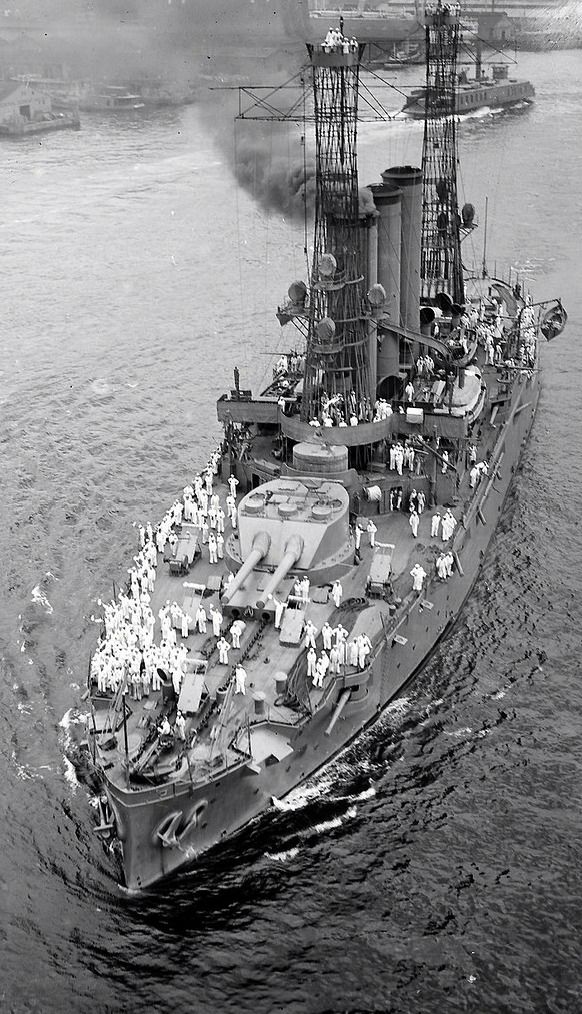
The USS Maine was laid down in 1888 at the Brooklyn Navy Yard and launched in 1889. It was built with a focus on armor and firepower, boasting a displacement of over 6,600 tons. The vessel featured a combination of heavy armor plating and a formidable armament, including four 10-inch guns and six 6-inch guns, which highlighted its intended role as a powerful naval combatant. Its design was influenced by European naval developments of the time, making it one of the most advanced ships in the U.S. fleet when it was commissioned.
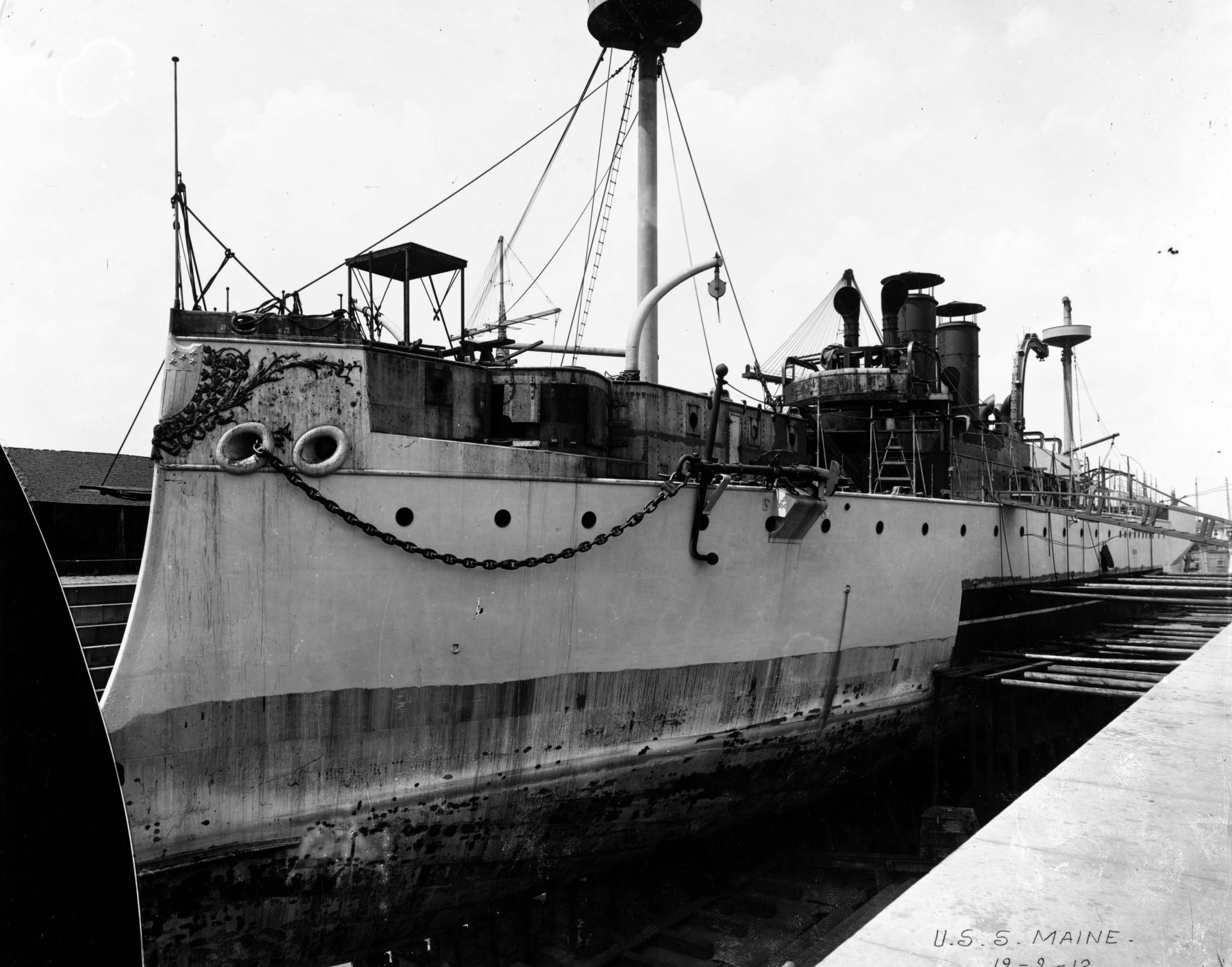
Initially classified as an armored cruiser (ACR-1), the Maine’s classification underscored its intended role in both offensive and defensive naval engagements. However, it was later reclassified as a battleship due to its significant firepower and armor, which exceeded that of typical cruisers of the period. This reclassification marked the Maine as one of the first steps toward modernizing the U.S. Navy’s battleship fleet, leading to the development of the more advanced and powerful ships that would dominate the 20th-century naval landscape.
The USS Maine’s historical importance is most closely tied to its mysterious explosion in Havana Harbor on February 15, 1898. The sinking of the Maine, which resulted in the loss of 266 crew members, became a pivotal moment in American history. Although the exact cause of the explosion remains a topic of debate, the incident was widely reported as an act of aggression by Spain, leading to the rallying cry, “Remember the Maine, to Hell with Spain!” This event was a catalyst for the Spanish-American War, marking the emergence of the United States as a significant global naval power.
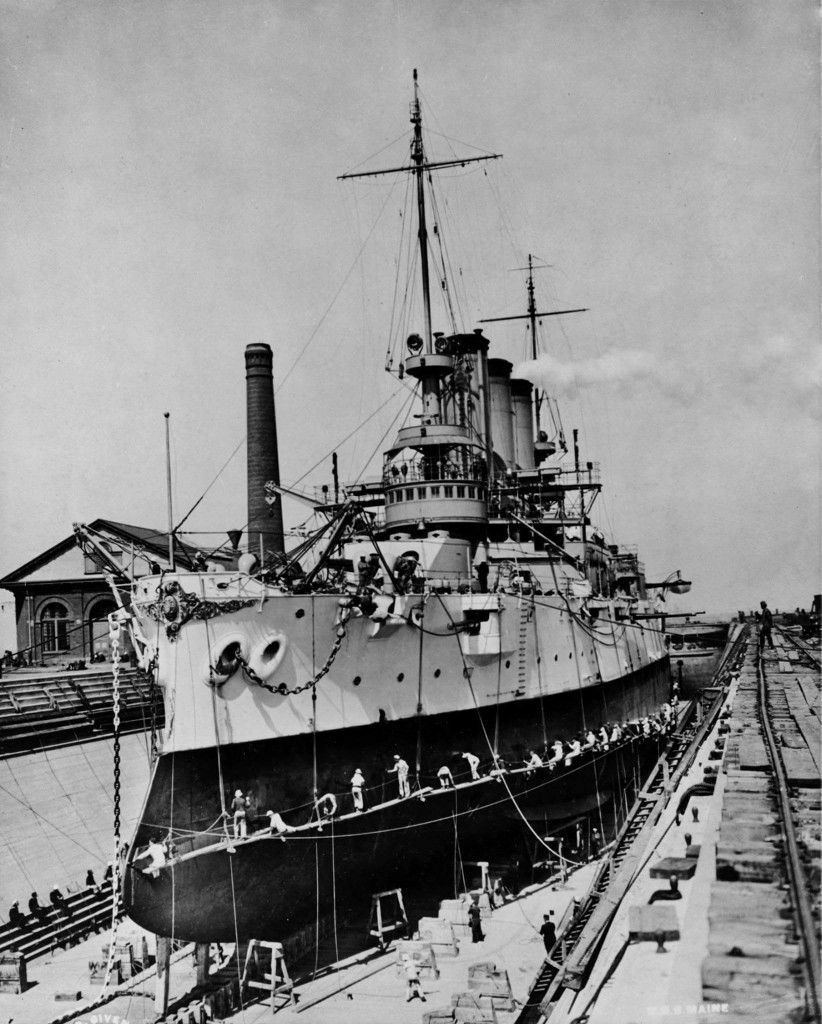
The destruction of the USS Maine had a profound impact on American foreign policy and naval strategy. Its sinking prompted significant public and political support for military intervention in Cuba and the broader Spanish colonies. The ship’s legacy is commemorated as a turning point in U.S. naval history, symbolizing the shift from wooden sailing ships to steel battleships and the rise of American influence on the world stage.
The USS Maine remains a symbol of American resilience and military prowess. Its story highlights the technological advances in naval engineering and the nation’s growing aspirations for global power at the dawn of the 20th century.

